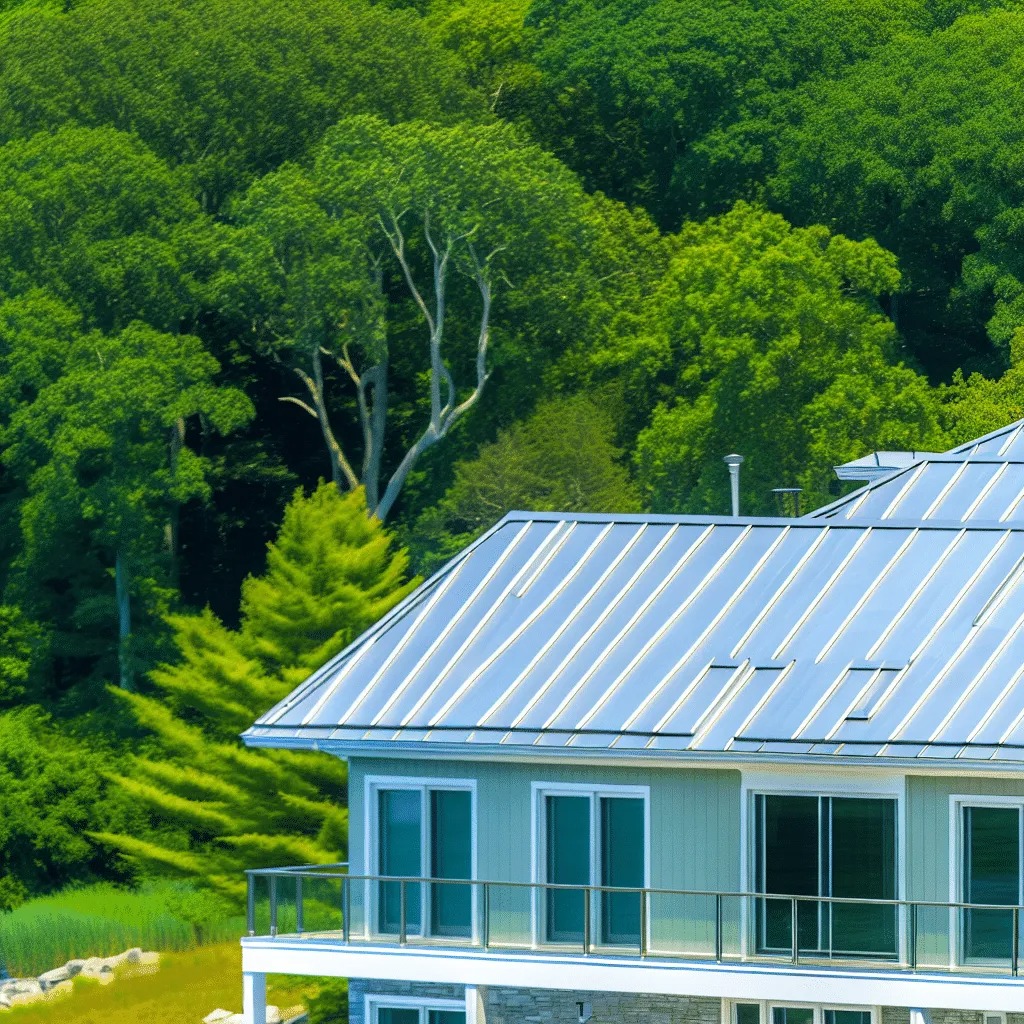The Critical Role of Pool Shock in Your Summer Swim Routine
With the sun shining high and the temperature climbing, nothing promises relief like a dive into a crystal-clear pool. But beneath the surface, unseen threats can turn your oasis into a hazard. Without proper care, pools can harbor bacteria and algae, endangering not just the quality of your swim but your health too. That’s why understanding and applying the best pool shock practices is not just beneficial—it’s essential. Making it a part of your pool regimen means safe, inviting waters all summer long.
Why Pool Shock Should Be at the Top of Your List
When we talk about pool shock, we’re referring to the process that keeps your water pristine by eliminating harmful contaminants. Consider it your pool’s best defense against the invisible enemies that can cause irritation to skin and eyes. Pool shock treatments breathe new life into your pool’s chlorine, rejuvenating its disinfecting capabilities and keeping the water inviting. A routine shock is more than just maintenance—it’s a commitment to uninterrupted summer fun and wellbeing. Dive in with confidence knowing you’ve taken the steps to secure a safe aquatic environment for everyone to enjoy.
A Fresh Start with Each Shock
Pool shock does more than just sanitize; it is the reset button your pool needs after heavy use or a long week baking in the sun. It’s the difference between water that looks clean and water that is clean. By breaking down contaminants and restoring chlorine levels, your pool water maintains the clarity and purity needed for a perfect swim. Whether after a bustling pool party or a quiet week at home, proper shock treatment keeps your private retreat ready at a moment’s notice. As you prepare for the peak of pool season, ensure your shock routine is as consistent as the sunny days ahead.
Unveiling the Science Behind Pool Shock
Every pool owner should grasp the chemistry of shock treatments to maintain a pristine swimming environment. It’s a science that balances the destructive nature of contaminants with the restorative power of compounds in pool shock. These special formulations not only cleanse your pool but also reactivate your chlorine, giving it the strength to combat algae and bacteria. In doing so, they ensure every splash and dive is into the safest water possible. Think of it as giving your pool a deep cleanse, purging even the most stubborn intruders from the water.
Timing and Frequency of Pool Shock
A common inquiry among pool enthusiasts is, “How often should you shock your pool?” It’s a crucial question, as the frequency can vary with your pool’s usage and the surrounding environment. During the peak of summer, when the pool is a daily retreat, a weekly shock may be ideal. After a storm or periods of heavy rain, additional treatments might be necessary to counteract the runoff and debris. However, it’s not just about regularity; it’s about timing, too. An evening shock treatment can have more lasting effects due to less UV interference.
Choosing the Right Shock for Your Pool
Choosing the right pool shock product can be as nuanced as selecting a fine wine. Not all formulations are created equal, and each pool has its unique demands. Chlorine-based shocks are renown for their strength and efficiency but might require a longer wait time before swimming. Conversely, non-chlorine shocks are gentler on swimmers and allow for quicker re-entry into the water. Deciding which to use is a matter of understanding your pool’s needs, and through Rinaldi Roofing’s comprehensive service offerings, you can be well-prepared for a season of safe, clean swimming.
Final Considerations for an Impeccable Pool Experience
The decision between chlorine and non-chlorine shock treatments can make a significant difference in your pool care routine. Chlorine-based solutions are powerful and thorough but require a lengthy wait time before the pool can be used again. Non-chlorine alternatives allow swimmers to return to the water quickly, making them ideal for those impromptu dips on a hot day. Each type has its place in maintaining your pool, and it’s wise to have both on hand for different scenarios. Regardless, ensure you understand how each works and the best context for their use to keep your pool in top condition.
Executing a Safe and Effective Shock Treatment
When conducting a pool shock treatment, safety should be your top priority. Don protective gear, such as gloves and goggles, and follow the manufacturer’s instructions closely to prevent any mishaps. The process involves balancing and distributing the shock product evenly in the pool water, ensuring thorough sanitization. Remember, shocking your pool isn’t just about dumping chemicals in water; it’s an art that requires precision and care to achieve the best results. Approach this process methodically and with respect for the chemicals to ensure your pool remains a haven of relaxation.
Building Confidence in Your Pool Care Practice
By now, you’re equipped with the knowledge to conduct effective shock treatments, creating a safe, algae-free pool for your family and friends. But it’s not just about following a procedure; it’s about understanding the why behind each step. This knowledge fosters confidence and transforms pool maintenance from a chore into a meaningful practice. And when you seek professional service, Rinaldi Roofing’s expertise in all things home care, including residential roofing, reflects a commitment to quality that extends beneath the shingles right to your backyard. Embrace these insights, and your pool will be the highlight of the season, offering clear, rejuvenating waters whenever you wish to take the plunge.
Pool Shock Mastery: Essential Guidelines
Tip 1:
Always test your pool’s chlorine and pH levels before proceeding with a shock treatment. Balancing the chemical levels beforehand ensures the treatment is effective and doesn’t adversely impact the water quality.
Tip 2:
Shock your pool during the evening or at night to prevent the sun’s UV rays from diminishing the potency of the chlorine-based shock. This maximizes the treatment’s efficiency and extends the sanitization period.
Tip 3:
For swimmers’ safety, allow sufficient time after a shock treatment before using the pool. The waiting period can range from several hours to a full day, depending on the shock product used; always follow the manufacturer’s guidelines.
Tip 4:
Incorporate shock treatments into your regular maintenance routine, especially after heavy pool usage, extreme weather, or visible signs of algae growth, to prevent common pool problems and maintain pristine water quality.
Tip 5:
Consider alternating between chlorine-based and non-chlorine shocks if your pool is frequently used. Non-chlorine shock allows for quicker access to the pool after treatment and can be beneficial for sensitive skin.
Expert Answers to Your Pool Shock Queries
How often should I shock my pool to keep it clean and safe?
The ideal frequency for shocking your pool is once a week during peak swimming season. However, after heavy use or severe weather, an additional shock treatment may be necessary for optimal safety.
Can pool shock treatments affect the pH level of my pool water?
Yes, pool shock treatments can influence your water’s pH levels; therefore, you should test and adjust the pH after the treatment to maintain a balanced environment.
What’s the difference between chlorine-based and non-chlorine pool shock?
Chlorine-based shocks are powerful and eliminate a wide spectrum of bacteria, whereas non-chlorine shocks are softer on the skin and allow for quicker re-entry into the pool.
How long after I shock my pool can it be safely used for swimming?
You should typically wait at least 8 hours after shocking your pool before swimming, but always follow the specific product’s instructions as times can vary.
What are some signs that my pool requires immediate shock treatment?
Cloudy water, a strong chlorine odor, or visible algae growth are clear indicators that your pool is in dire need of a shock treatment.



